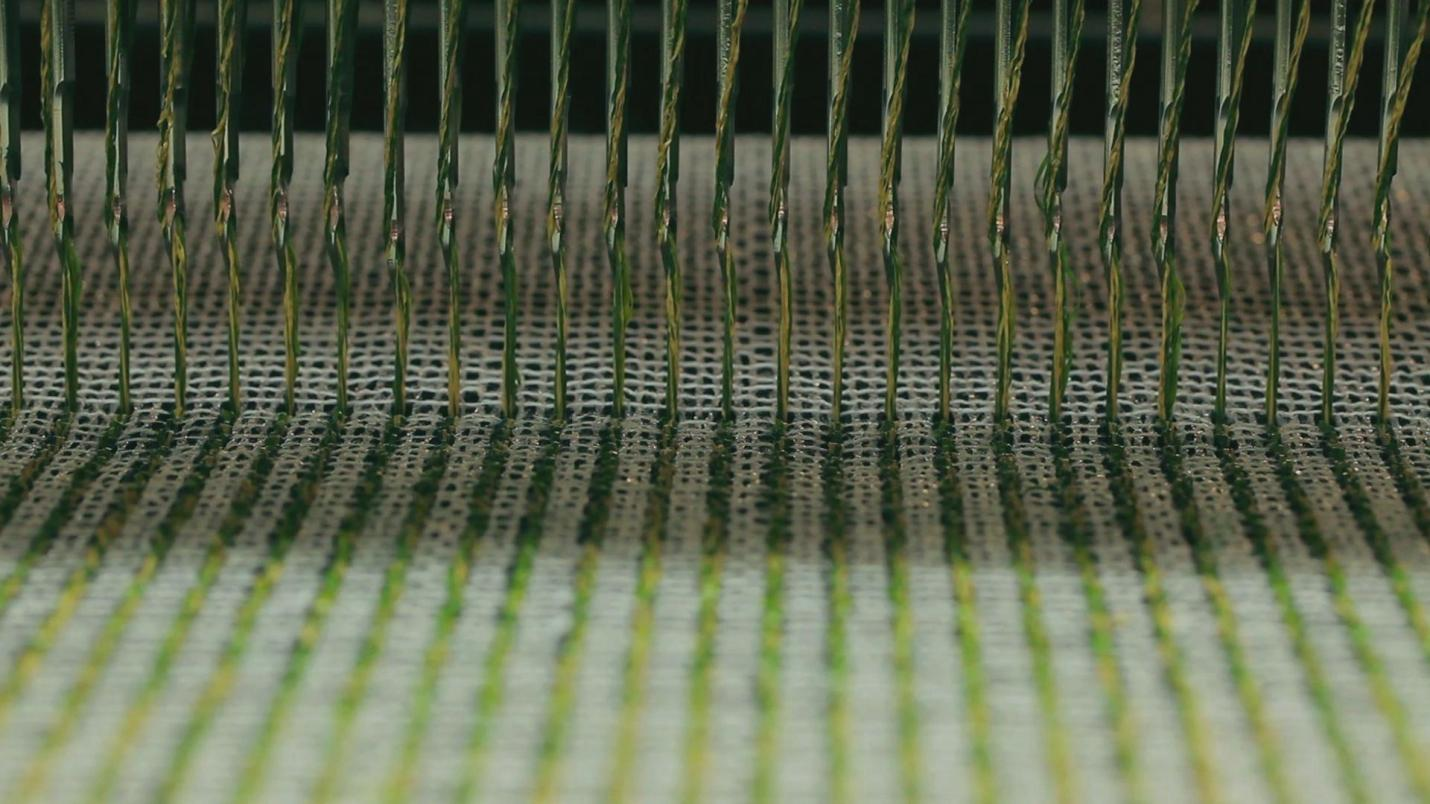What are the processes involved in the manufacturing of artificial grass? Manufacturing industries are working on producing high-quality artificial grass for their customers. Due to its multiple uses and benefits, artificial grass has high demand in the market. Manufacturers work to make customized grass mats and turf that can be used for playing sports. They research whether or not one type of turf is helpful for different sports. Therefore, raw materials pass through various processes to manufacture a multi-purpose grass mat.
Extrusion:
The first process is long and causes considerable changes in the raw material. Polyethylene or nylon polymers, color additives and UV-resistant agents are mixed to form fibers. The fibers are then twisted and curled over spools. After mixing and melting, fibrillated yarn is produced as a tape which helps follow the process of opening fibers. Microfilament yarn helps in creating different shapes of fibers. Then the machines make fibers out of the hot mixture to stretch and combine them. Before combining and forming bundles of fibers, these are set for cooling.
Maintaining the proper weight of the yarn in this process is necessary so the turf can meet various international standards.
Tufting:
The tufting machine cut the individual tufts with precision and accuracy. The machine needles are set on accurate distances to maintain particular width and height between fibers. There is a creel that holds the spools and enhances the efficiency of the process. Tufter has a backing cloth roll holder at its back which helps in stitching the fibers with the cloth base. A checkpoint is available to ensure there is no anomaly in the procedure.
It is necessary to control the process with the help of operators, and workers should repair the machine timely to avoid inconvenience. If the yarn breaks within the process, it is again winded with the machine. Then blades are used to cut the loops into tufts.
Backing line:
Finally, when loose tufts with cloth are formed, they are sent in a backing line for proper cooking in a heat medium. The secondary backing material is added to cover the turf wholly. Then this is passed through an oven which helps dry the primary and secondary backing materials. Owing to this heated oven, the fibers open up to give a grass-like appearance. After this section, turf is passed through another machine to pinch tiny drainage pores at equal distances in its back.

Final checks:
Final checks are necessary to monitor the output of machines. The visual inspection involves monitoring the whole turf based on color, dried back, length and weight. This tells about the efficiency or problems in the machine. Proper assessment is done by unrolling the turf on the ground in broad daylight to detect any flaws.
Wrapping:
The packing of the turf is more complex than the other products. If the turf is not rolled tightly within the wrap, it may distort the fibers. And this may fail to unroll the turf precisely. Instruction books are attached with the products on delivery for proper management.


